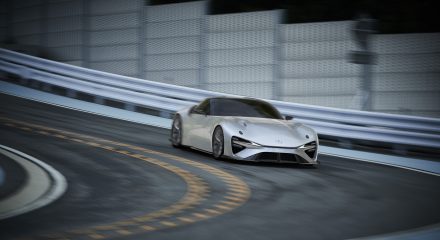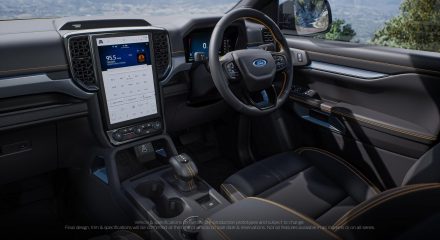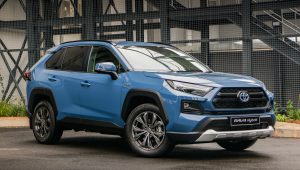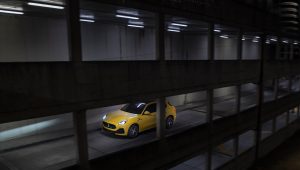Why cars are safe shelter during lightning storms
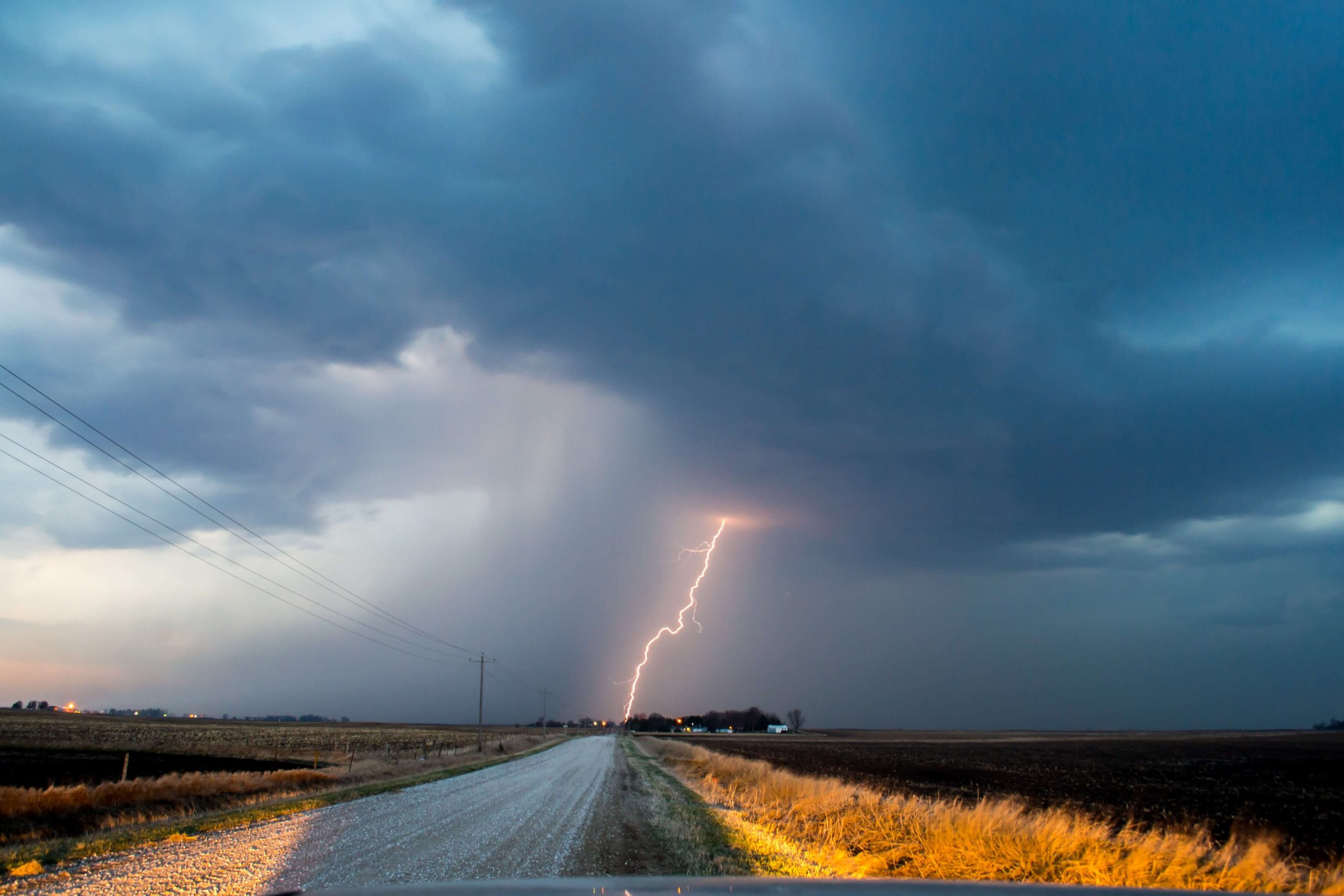
When lightning flashes across the sky it often causes panic, especially among those unfortunate people who happen to be outside when lightning strikes.
The best place to seek shelter is inside a sturdy building, as you are vulnerable in any place outdoors.
The second best place for shelter from the storm is the inside of a car – provided it has a hardtop – but contrary to popular belief it is not the rubber tyres which protects a vehicle but its metal cage instead.
This is called the ‘skin effect’, where the outer surface conducts most of the electricity and the occupants of the vehicle are protected by its body, which sort of acts like a Faraday cage.
While the metallic vehicle body protects its occupants, sometimes the car’s components are damaged when struck by lightning.
The usual cloud-to-vehicle lightning strike will either hit the antennae of the vehicle or run along its roofline.
The lightning will then pass through the vehicle’s outer metal shell, then through the tires to the ground, according to the National Weather Service.
Components that are commonly damaged by a lightning strike include the antennae, electrical system, rear windshield and tyres – the heat from the strike is capable of melting the antennae or destroying the tyres as its passes through the steel of the wheel into the ground.
The windshield may shatter because of the lightning finding its way into defrosting wires embedded in rear windows, just as the car may be left completely undrivable if the lightning damages the electrical system.
The potential damage varies and is dependent on the circumstances of the strike. The National Lightning Safety Institute says lightning is capricious and factors such as the wetness or dryness of a vehicle, or the material it is made of all play their part.
For example, a convertible vehicle without a solid metal shell will not protect its occupants.
What to do if you are caught inside a vehicle during a lightning storm:
Pull over to the side of the road. Do not touch any metallic components or components that connect to the outside of the vehicle such as door or window handles, radio knobs, gear shifts or steering wheels. A rule of thumb is to keep your hands in your lap until the storm passes.

